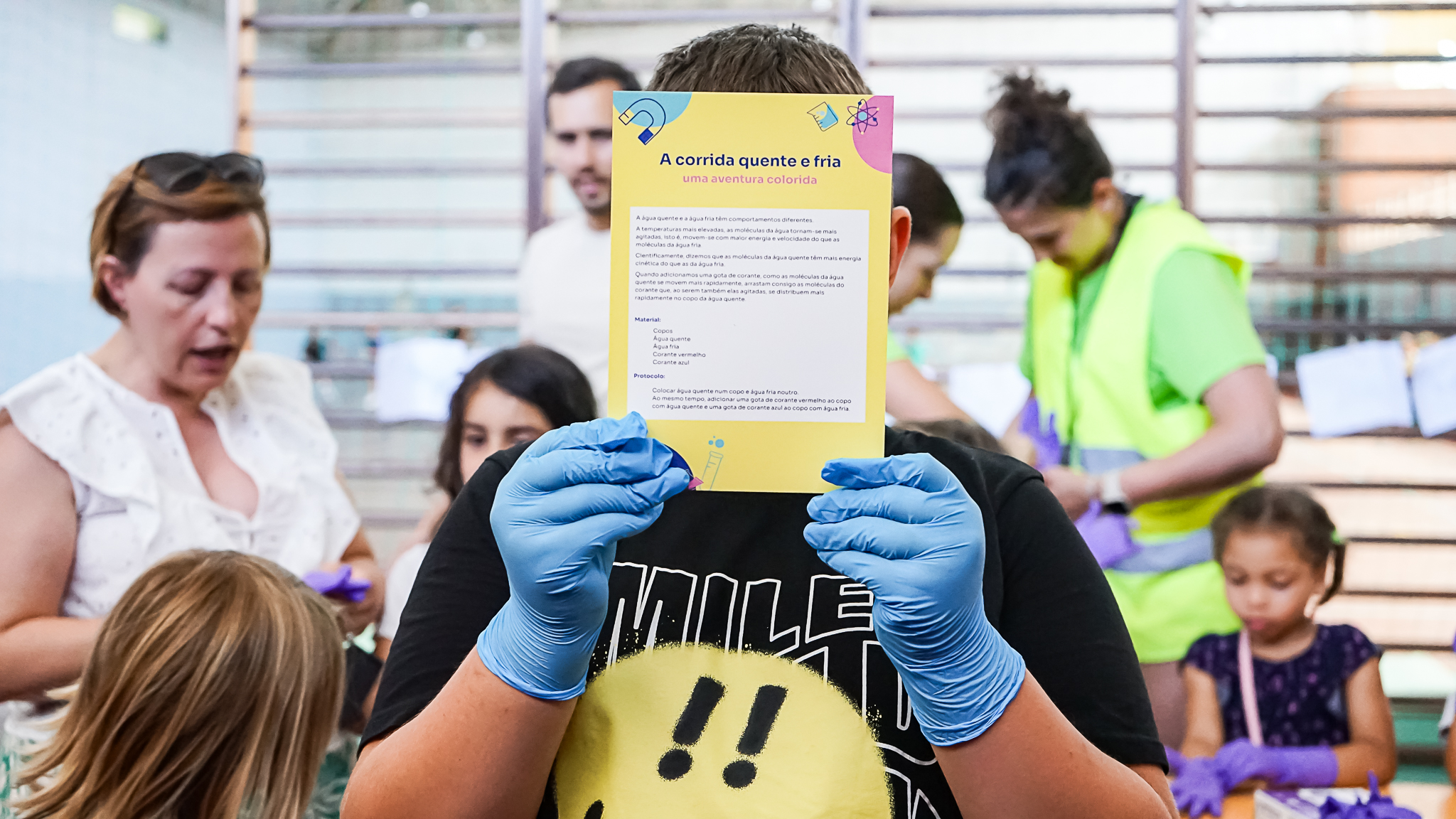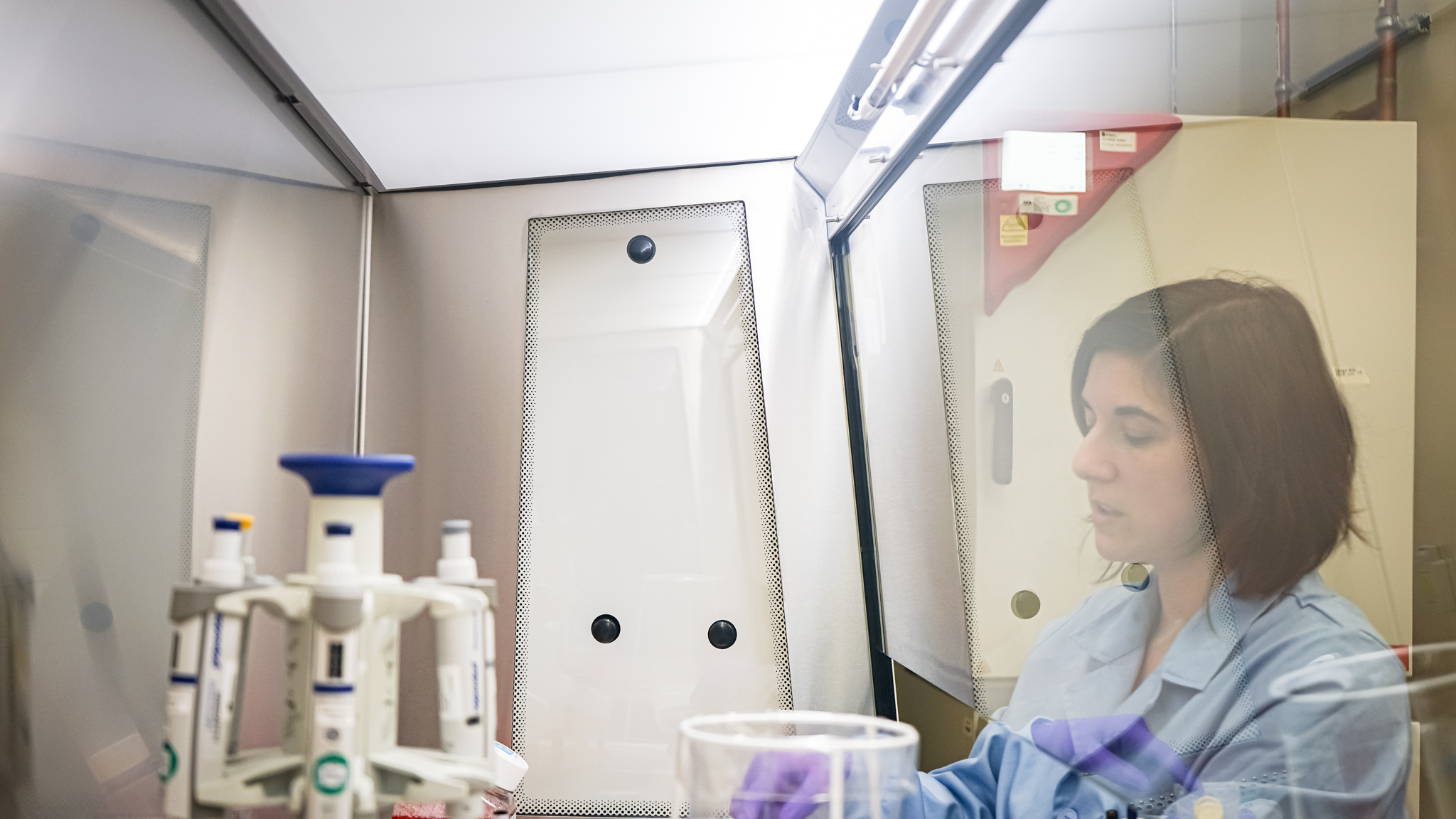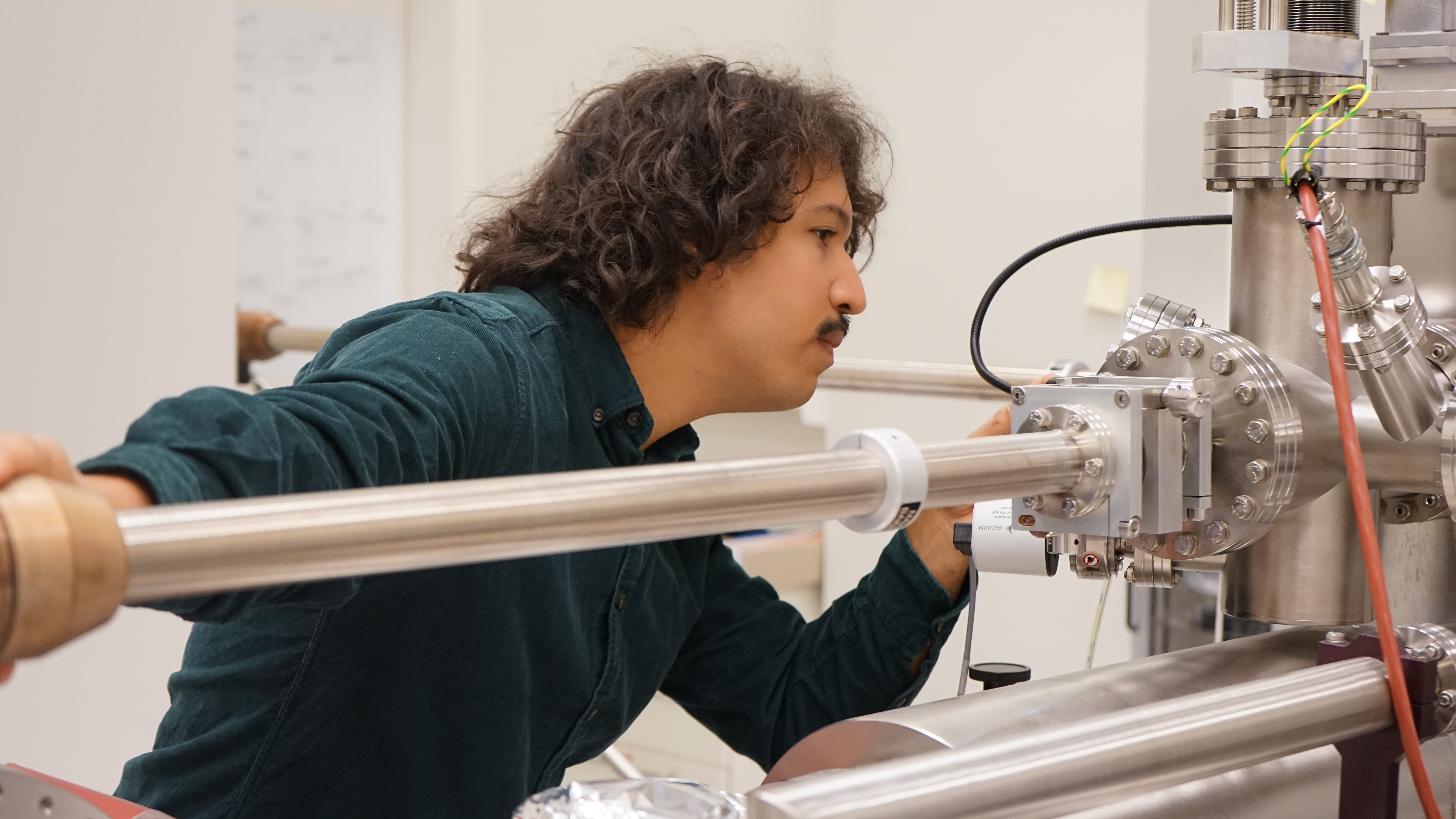
Efficacy of covalent organic frameworks proven in capturing pharmaceutical pollutants from river waters in real-life conditions
April 9, 2021
INL researchers Begoña Espiña, Laura Salonen, and Soraia Fernandes have proven, for the first time, that it is possible to use covalent organic frameworks (COFs) to adsorb a wide range of pharmaceutical pollutants from an estuary of river Tagus in Portugal, using real water samples in a collaboration with the University of Lisbon (Portugal).
According to the abstract of the scientific paper published in Chemosphere (Elsevier) under the title Study on the efficiency of a covalent organic framework as adsorbent for the screening of pharmaceuticals in estuary waters, “of the 23 pharmaceuticals found present in the water samples from the Tagus river estuary using state-of-the-art solid-phase extraction (SPE), 22 were also detected (adsorbed and recovered for analysis) using a COF as the adsorbent material with adsorption efficiency of over 80% for nearly all compounds”. Some compounds, such as antibacterial antibiotics sulfamethoxazole and sulfapyridine, were found at much higher concentrations when using the COF as compared to the SPE. All in all, many pharmaceuticals were found in levels exceeding the precautionary maximum concentration established by the World Health Organization (WHO) (10 ng/L), indicating that a revision of the monitoring programs for priority substances should be implemented.



